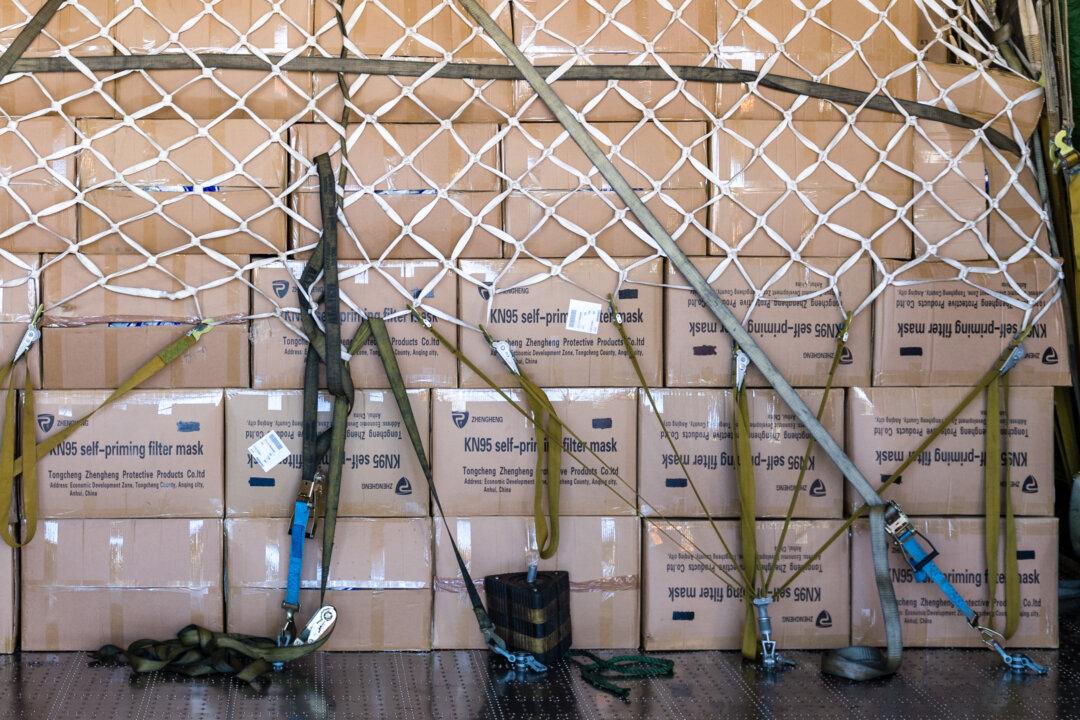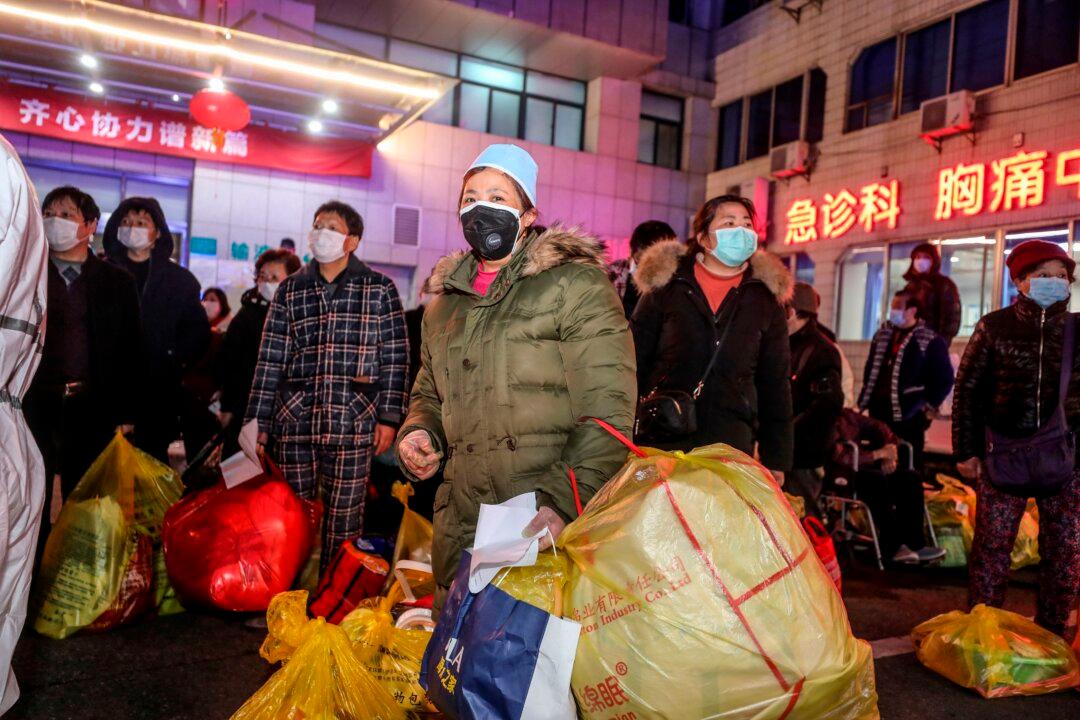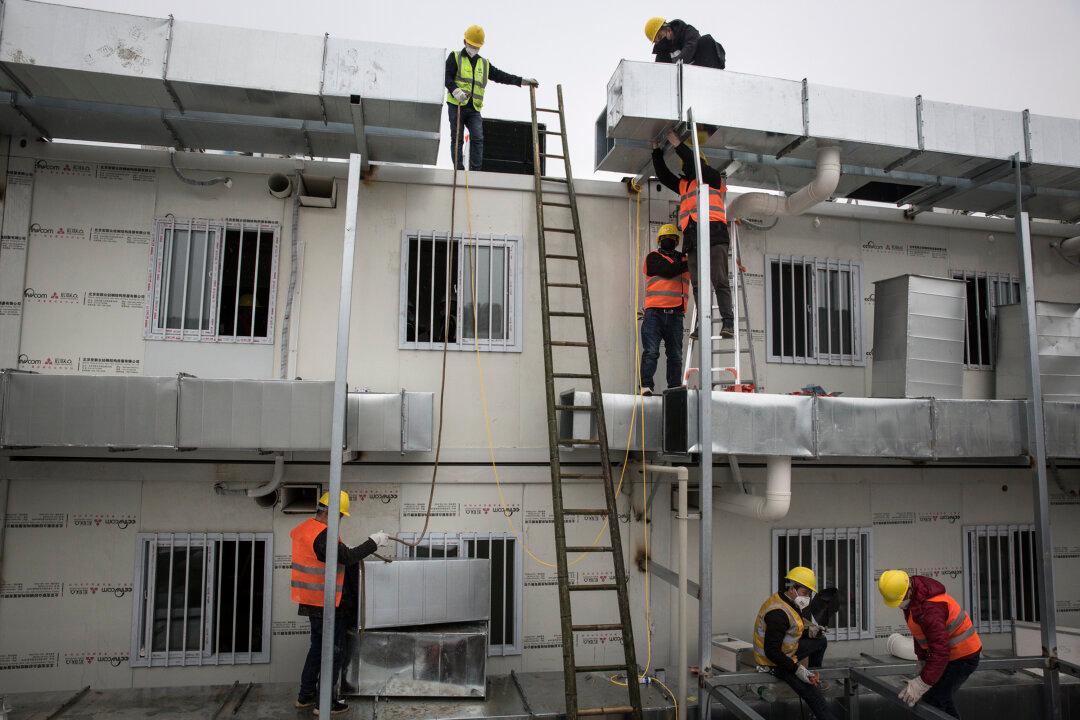Public health experts outside of mainland China are calling on Chinese authorities for transparency, after a mysterious outbreak of viral pneumonia was reported to have already infected 59 people since December in the Chinese city of Wuhan. On Jan. 5, 7 of the 59 cases were said to be “severe.”
The experts say that efforts to cover up outbreaks can have serious consequences for disease control for China’s neighboring regions.




